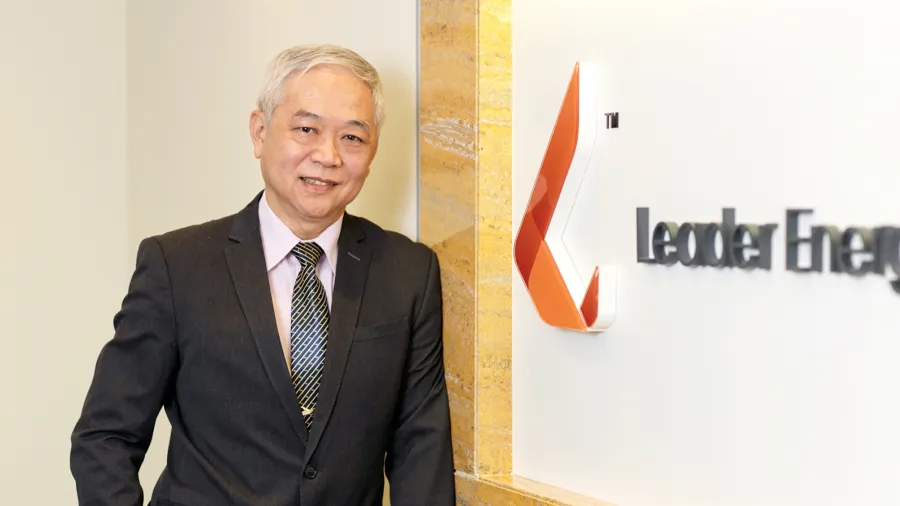
Leader Energy gains ground in Cambodia with new transmission line project
This Malaysia-based firm aims to accelerate Cambodia’s transition to cleaner energy sources.
Cambodia has made significant strides in bringing electricity to over 98% of its villages, with only 245 villages still lacking access to electricity. However, as it has historically relied on non-renewable sources like oil, the country’s next challenge is to electrify these villages and transition to renewable energy sources. In its bid to help address this challenge, Leader Energy has acquired a transmission line, which serves as the backbone of Cambodia’s energy structure.
Malaysia-based Leader Energy first received a high-voltage transmission project in Cambodia—a 25-year Build-Own-Transfer Power Transmission Agreement with the Electricite du Cambodge (EDC)—in 2010. In 2022, it acquired the 230-kilovolt Kampong Cham-Kratie Transmission System to power Kampong Cham and Kratie, and transmit electricity from the Lower Se San 2 Hydropower plant in Stung Treng to Kratie.
Combining these two projects will be the main backbone of Cambodia’s transmission system, aimed to accelerate the country's transition to cleaner, more sustainable energy sources.
In this Q&A, Leader Energy CEO Gan Boon Hean shares with Asian Power more insight into Cambodia's transition to renewable energy and Leader Energy’s exploration of wind and rooftop solar amongst other untapped energy sources in Cambodia.

As one of the key industry players in Cambodia, how would you say Cambodia is faring in the clean energy transition?
In 2010, only about 30% of consumers had access to electricity, with the vast majority of power generated by non-renewable resources, such as oil, and only slightly more than 3% of the generation coming from hydro. But since then, the country has made remarkable progress.
In 2022, Cambodia has about over 30% or more than 1,300 megawatts (MW) of the generation coming from hydro. It also has more than 400MW of solar power installed. In combination, these renewable sources now make up more than 40% of the total power generation.
If you look at the country’s master plan launched last year, it intends to have more than 1,000MW of solar farms installed by 2030. By 2040, more than 3,000MW of solar farms will be installed. If achieved, this would result in renewable energy making up over 50% of the country’s generation mix.
The company recently acquired the 230kV Kampong Cham-Kratie Transmission System. What are your plans for the project? How will this help Cambodia's power sector?
We were awarded the first Build-Operate-Transfer or BoT privatised transmission system in 2010 and we have been operating this transmission system from Phnom Penh to Kampong Cham since 2013. The project from Kampong Cham to Kratie is an extension of our existing project, and combining the two projects will create the main backbone of Cambodia’s transmission system. This system will power hydropower from the north of the Se San hydropower plant and imported power from Laos to Phnom Penh. It will be one of the key transmission systems for Cambodia.
Leader Energy also operates thermal power plants in Cambodia, however, there are moves to pursue more renewable energy. What's the future of these thermal plants you have in Cambodia?
For our thermal power plant, we have a long-term commitment to the government because we signed a long-term Power Purchase Agreement (PPA) and certain legal commitments that we need to comply with. Also, we have contractual obligations with our lenders. Having said that, we are certain that we will not extend the PPA when it expires.
Our company has recommitted to achieving carbon neutrality by 2026 and carbon net-zero by 2050, which is when our coal plant will be retired. We currently have two coal plants. One will be retired by at the latest 2043. The second will follow by 2050. We have no plans to develop any new thermal power plants and are committed to achieving 100% renewable energy.
At the same time, we are exploring alternatives to burning coal, such as burning biomass, pellets, wood pellets, or rice fuel pellets. We are also looking into the earlier termination of the agreement, but this is a signed commitment with the government, so we need to engage all the related parties and stakeholders to discuss it. Nonetheless, we intend to explore possibilities if they are feasible.
Can you name some of these challenges that companies usually face when entering foreign markets and in your case, how do you respond to these challenges?
Currently, Leader Energy has assets in several countries in Southeast Asia and Taiwan. We have solar farms in Vietnam, Singapore, Indonesia, Thailand, Malaysia, and Taiwan.
To enter a new foreign market, we need to familiarise ourselves with local regulations, particularly on foreign equity participation and local tax law. Language is also a significant factor, as in countries like Cambodia and Vietnam, it can be a barrier to communication. Therefore, we work closely with the locals in these countries and employ a high percentage of local staff.
Our Vietnam operation currently is operated 100% by local staff. In countries, like Singapore, where English is a common language, this is not an issue. We have been there for a long time. We work very closely with all the staff and especially look for the support of the local team. I think so far we have managed to secure and then expand and solve most of the challenges that we are facing.
What other projects do you have planned for the Cambodian energy market? Can you share some?
As I said in the beginning, Cambodia is looking forward to more and more renewable energy needs. Since we have already successfully implemented several renewable energy sources outside Cambodia, we are very confident that we can play a very important role in the growth of the renewable energy sector in Cambodia.
Based on our experiences in other countries, there are other resources, for example, wind resources, and also rooftop solar for C&I customers in Cambodia. These are a little bit of an untapped business in Cambodia, where we think we can contribute. With our relationship with the current government, and also the utility, we think we can play a very important role in the sector.
Leader Energy has a presence in Southeast Asia and Taiwan, as you've mentioned earlier, what other projects do you have lined up for these countries in 2023?
As most countries are moving towards net zero, or even carbon neutrality by 2050, reliance on thermal power plants is decreasing and more and more renewable energy sources, such as solar farms and wind farms, are being developed. This is where we believe we can play a part. There are still many untapped markets, such as Indonesia, Thailand, and Taiwan, which are all in need of more renewable energy.
With more green energy in the market, this is an area in which we can contribute. Additionally, new technologies such as battery storage and EV car charging are the businesses that we are very keen to explore in this market. We hope to begin exploring these areas very soon.
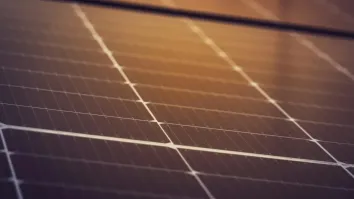
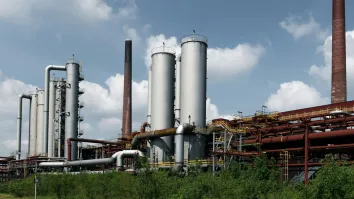
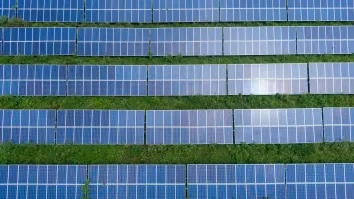
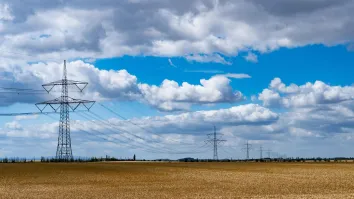













 Advertise
Advertise







